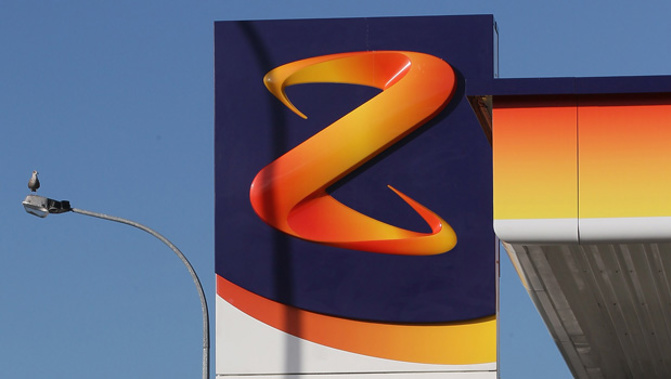
Relying on the Emissions Trading Scheme alone to de-carbonise could see petrol prices jump by 60 cents a litre, new research shows.
Fuel prices are already under pressure with oil prices trading over US$90 a barrel translating to prices that could hit up to $3.50 at the pump by Christmas.
NZ has a target to reduce transport emissions by 41% by 2035 and to do that carbon would need to be priced at $235/tonne, ultimately pushing up the price of fuel.
Massey University professor Robert McLachlan conducted the research and told Mike Hosking on Thursday morning that putting a price on carbon “for a long time was the main thing people tried”.
It works a bit, but it doesn’t work by itself, he said.
The ETS was working in some areas, such as in electricity, but for carbon dioxide emission almost half of that is fuel.
“That’s the difficult one. You really don’t want the carbon price to go too high.”
It would be unfair on consumers and doesn’t change behaviours which is “what we actually have to do”.
There have been three failed carbon auctions this year and that was partly because of a speculative component, McLachlan said.
“The market participants are trying to somewhat play the market and guess what future climate policy is going to be.”
AA principal motoring affairs policy advisor Terry Collins had predicted oil could hit $100 a barrel in the fourth quarter of the year after watching it rise 5 cents a litre every week.
He told Newstalk ZB Plus recently it was a combination of cutbacks from Russia and Saudi Arabia being extended, growing demand globally, especially from China, diesel shortages and refinery costs.
This in turn was putting more pressure on other OPEC countries’ production and increasing demand even more.
And the demand from China could play a huge role heading into the northern hemisphere winter.
“It could be very much dependent on whether they have extreme climate conditions where they get very cold weather and require oil and natural gas for heating purposes,” Collins said.
Gaspy Director Mike Newton said all contributing factors were out of our control, which made the rise hard to see coming.
It was probably not surprising they rose, he said, but the rate it did was unexpected.
“If we look back to the end of June before the excise came back on, we’ve seen a 60% increase since that in three months.”
“It’s $30 more to full up an average-sized tank, more if you’ve got a big tank.”
Take your Radio, Podcasts and Music with you









